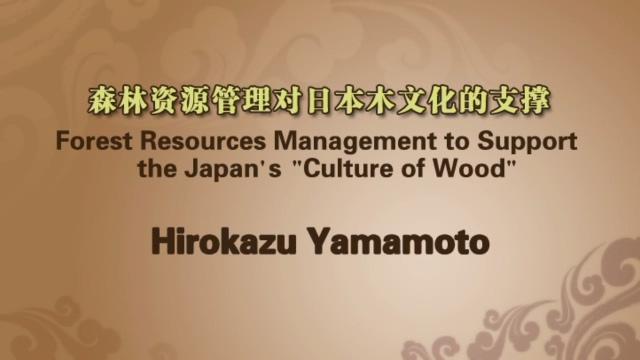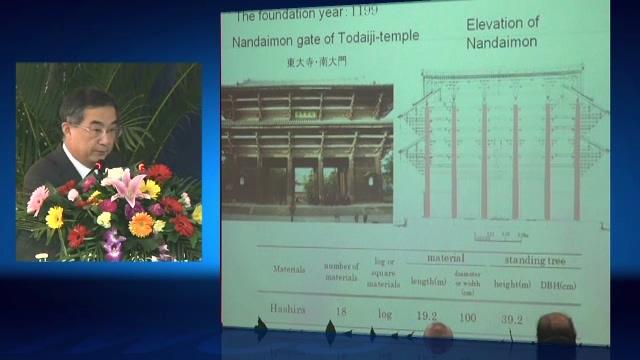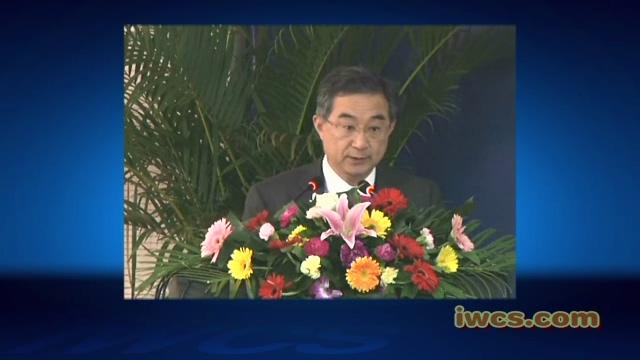会议名称:2010木文化国际研讨会——古木文化产业和遗产保护与修复
会议时间:2010年10月23日-24日
会议地点:中国·陕西
报告嘉宾:Hirokazu Yamamoto
教授 日本东京大学
报告摘要:Timber-frame building is a symbol of Japan’s “Culture of wood” which makes use of renewable natural resources for construction. We face the global issue of limited natural resources, it is to this Japanese tradition of timber-frame building that we should turn to in to guide us to an important future course. 90 percent of cultural buildings designated by Japanese government are made of wood. The purpose of this paper is to estimate total material amount for timber cultural buildings and the forest resources needed to maintain wooden cultural assets and to propose social systems in order to secure forest resource for long-term more than one hundred years. About 40 percent of building parts are commonly replaced and at times requiring complete dismantlement. Total material amount of timber cultural buildings for government-designated structures was estimated approximately 300,000 m3, annually a volume of 2,220 m3 in standing trees was needed to secure 600 m3 of repair materials. The average amount of wood used per square meter in timber-framed cultural buildings is on the order of 0.5 m3. This means that these structures fix about 10 times the carbon as ordinary forest. For society as a whole to support the maintenance of cultural assets, it is necessary to disperse these risks as much as possible. Additionally, technical support measures are needed for forest owners to grow high-quality, large-diameter trees, and measures are needed to effectively use and raise the market value of timber that is produced but is not suitable for cultural asset repairs. That makes it necessary to increase the building of large-dimensional timber structures using large-diameter timbers, thereby inducing change in the manner of timber construction so that large-diameter timbers are primary. This will make it possible to log plantation trees at larger diameters and provide for longer rotation cycles.
责任编辑:iwcs24P


 11,305
11,305

